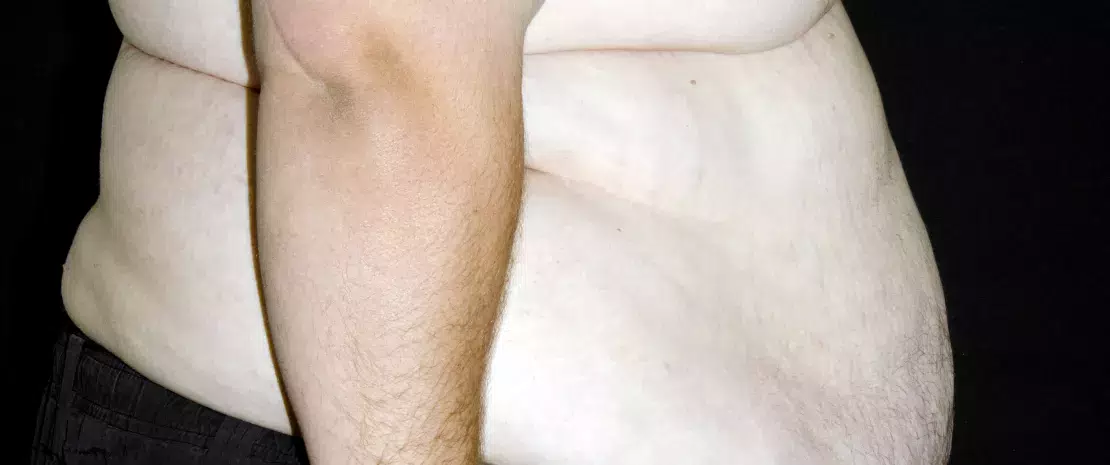Obesity: fecal virome transplant on trial
Due to their antagonistic properties, bacteriophages have the potential to modulate the intestinal microbiota. One study has shown that virome transplantation can make the phenotype of obese recipient mice closely resemble that of lean donor mice.
Sources
This article is based on scientific information

About this article
In recent years, the link between gut dysbiosis and diseases such as metabolic syndrome, obesity and diabetes mellitus has become clear. Among potential solutions for these diseases, fecal microbiota transplant (FMT)1 is thought to have therapeutic potential. More recently, fecal virome transplant (FVT)–i.e. transplantation of the microbiota’s viral community–has been shown to be effective in eliminating the symptoms of recurrent Clostridioides difficile infection since the gut viral community, dominated by bacteriophages, is thought to play a key role in the structure of the microbiota.
FVT to normalize weight and metabolism
In order to assess the extent to which FVT can convert an initially obese phenotype into a lean one, certain physiological parameters (weight, blood sugar level) and the expression of key metabolic genes were measured in lean mice (LF)2 and mice fed on a fatty diet for 14 weeks (HF)2. The results of the analysis showed that FVT from an LF donor decreased weight gain and normalized blood sugar levels and energy homeostasis in HF mice. In particular, seven genes involved, among other things, in leptin signaling pathways, glucose metabolism and lipolysis, were impacted, suggesting a beneficial effect of FVT on weight and metabolism also.
Beneficial effect via intestinal modulation
Pre-treatment with ampicillin (Amp)2 in HF mice rendered FVT ineffective, suggesting that the beneficial effect of FVT involves a modulation of the intestinal microbiota. Indeed, the different treatments (FVT or FVT + Amp) on the HF mice had different scores on the Shannon index of viral and bacterial diversity. Unsurprisingly, Amp and/or the HF diet decreased bacterial diversity, which FVT restored to a level similar to that of the LF mice. As for viral diversity, it appears to be little impacted by the HF diet but increased strongly with the use of Amp, whether or not followed by FVT. The use of Amp apparently results in the induction of prophages3 that profoundly modify the bacterial and viral communities, which are only partially restored by FVT.
Microbiota and metabolome affected
FVT appears to have strongly influenced the bacterial and viral composition of the recipient mice’s intestinal microbiota. Indeed, the microbial profile of the HF + FVT group was significantly different from those of the HF and LF groups. This was due to the high viral diversity within the LF group and the difference between HF and LF diets. The same was true for the microbial profile of certain circulating metabolites associated with obesity, where significant differences between the HF + FVT group and the HF and LF groups were observed. Therefore, the transplanted viruses are thought to modulate the composition of the microbiota, leading to a phenotype that more closely resembles that of lean mice. This proof of concept encourages future studies on humans regarding the effectiveness of FVT as a treatment for diseases associated with a dysbiosis.
1) FMT is currently only used to treat recurrent Clostridioides difficile (formerly Clostridium difficile) infections.
2) Five treatment groups: a low fat (LF) control group of lean mice receiving a normal diet; a high fat (HF) group of mice receiving a high-fat diet for 14 weeks; HF + ampicillin (HF + Amp); HF + Amp + FVT; HF + FVT. Amp treatment: 24 hours prior to FVT treatment; FVT treatment: during weeks 6 and 7.
3) A prophage is a bacteriophage inserted into the genome of the infected bacterium








